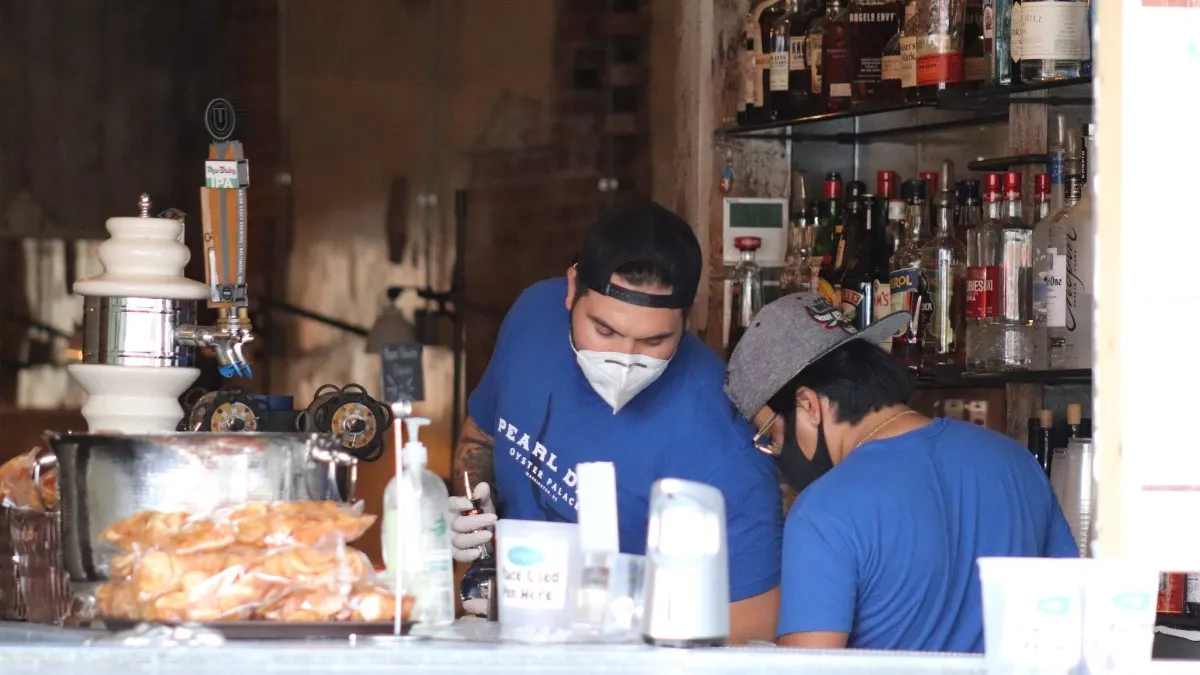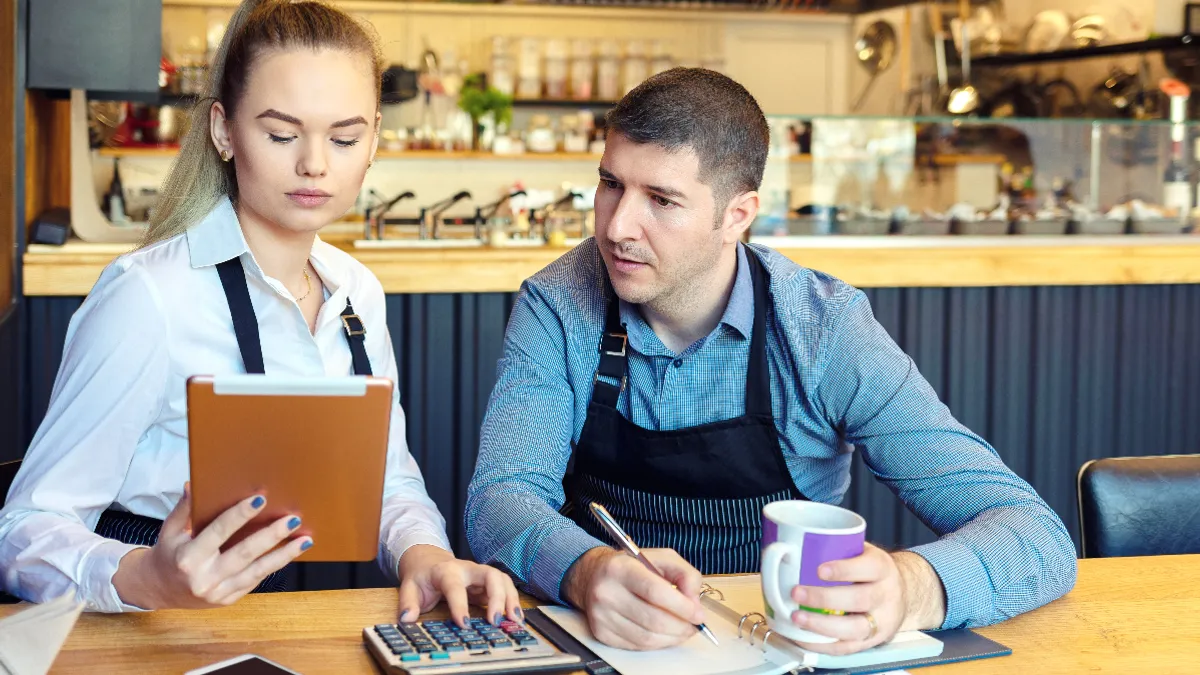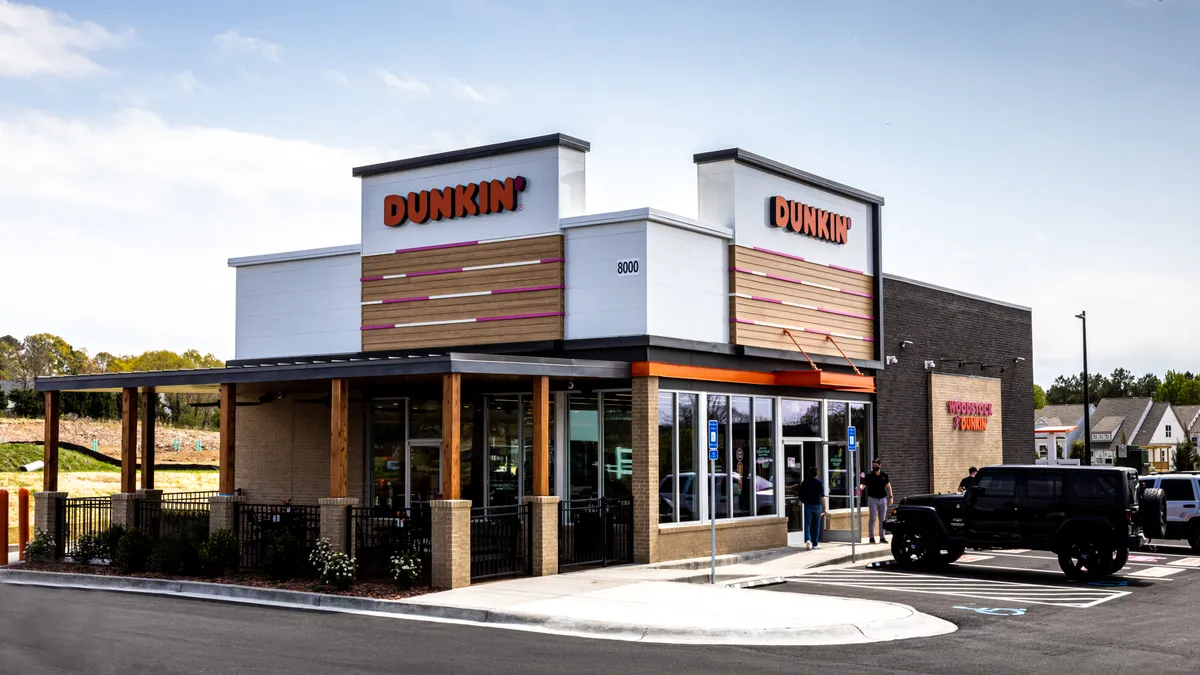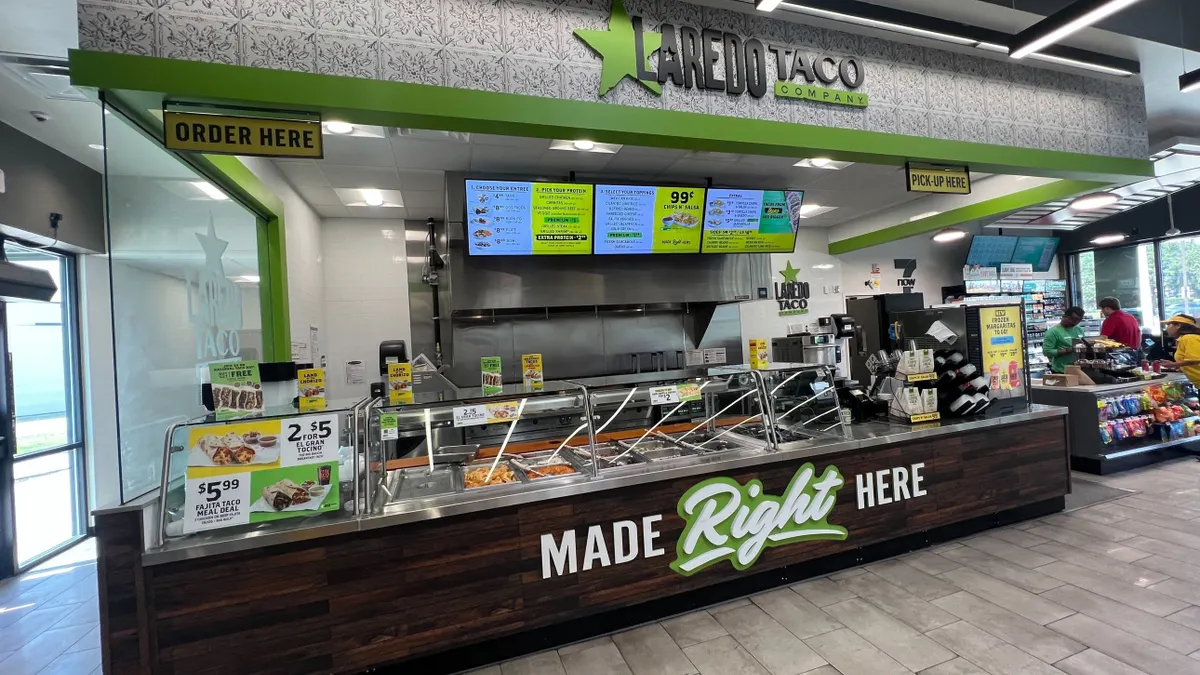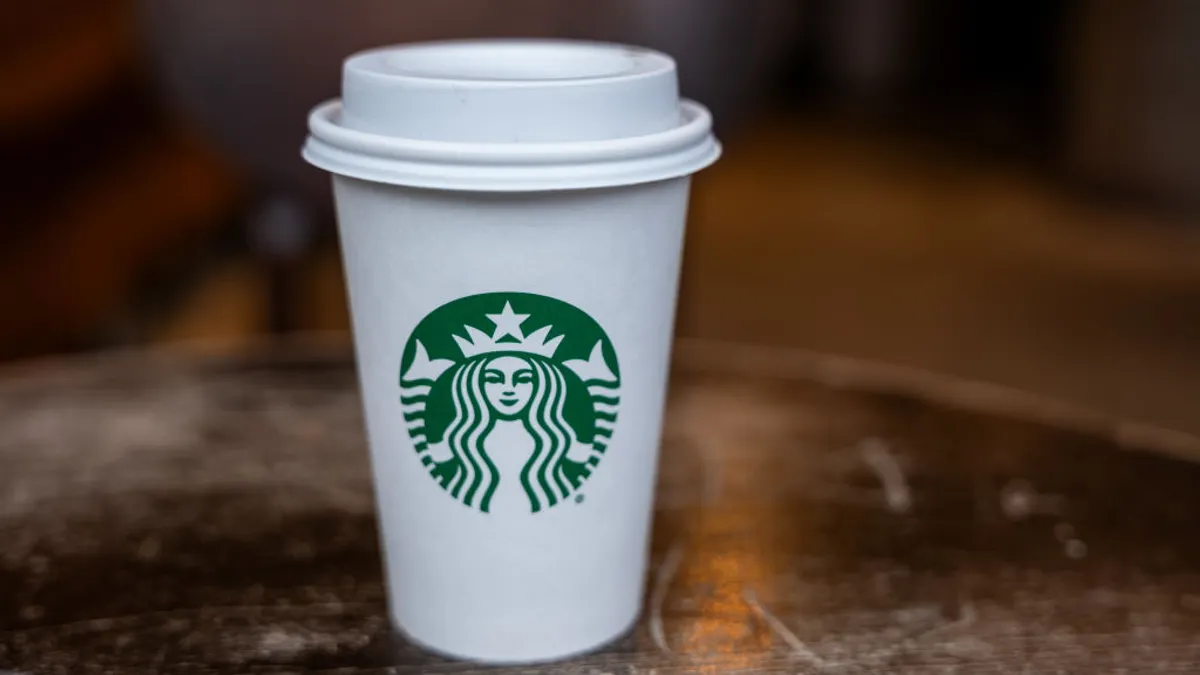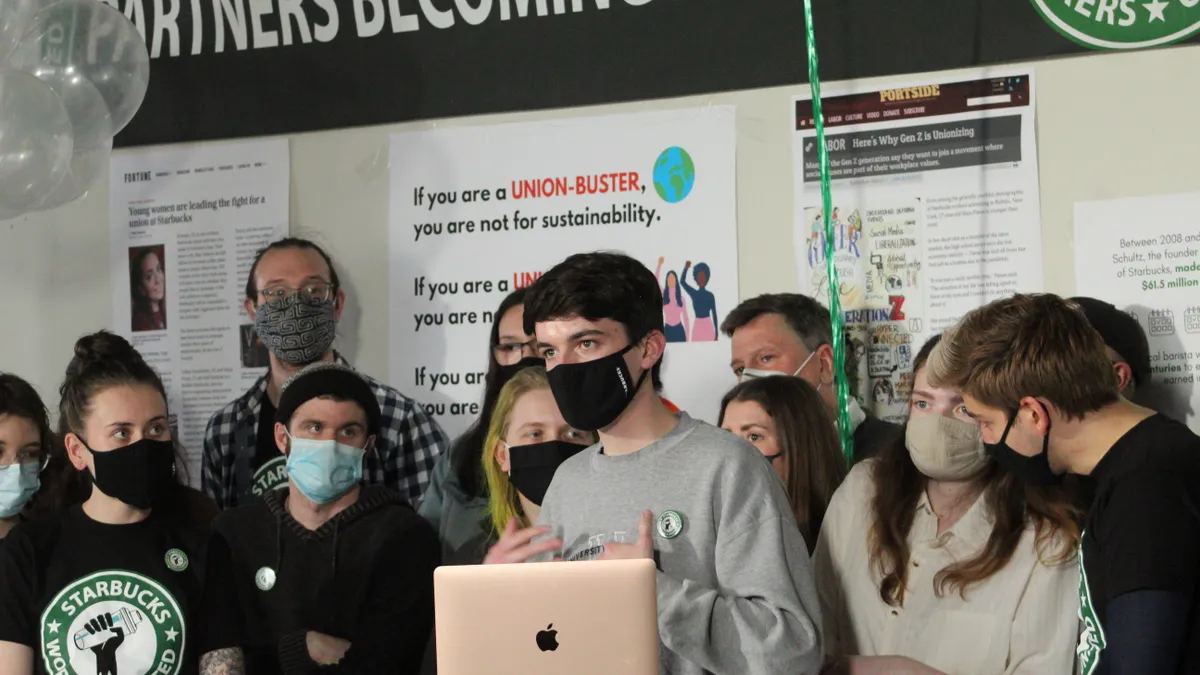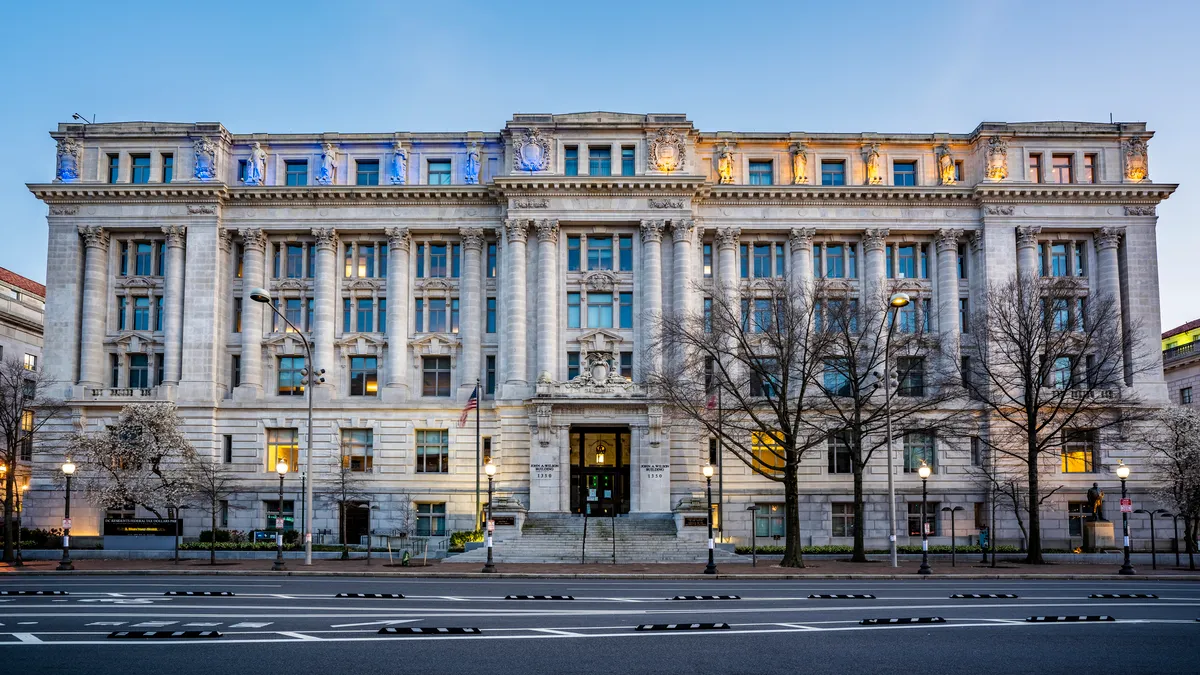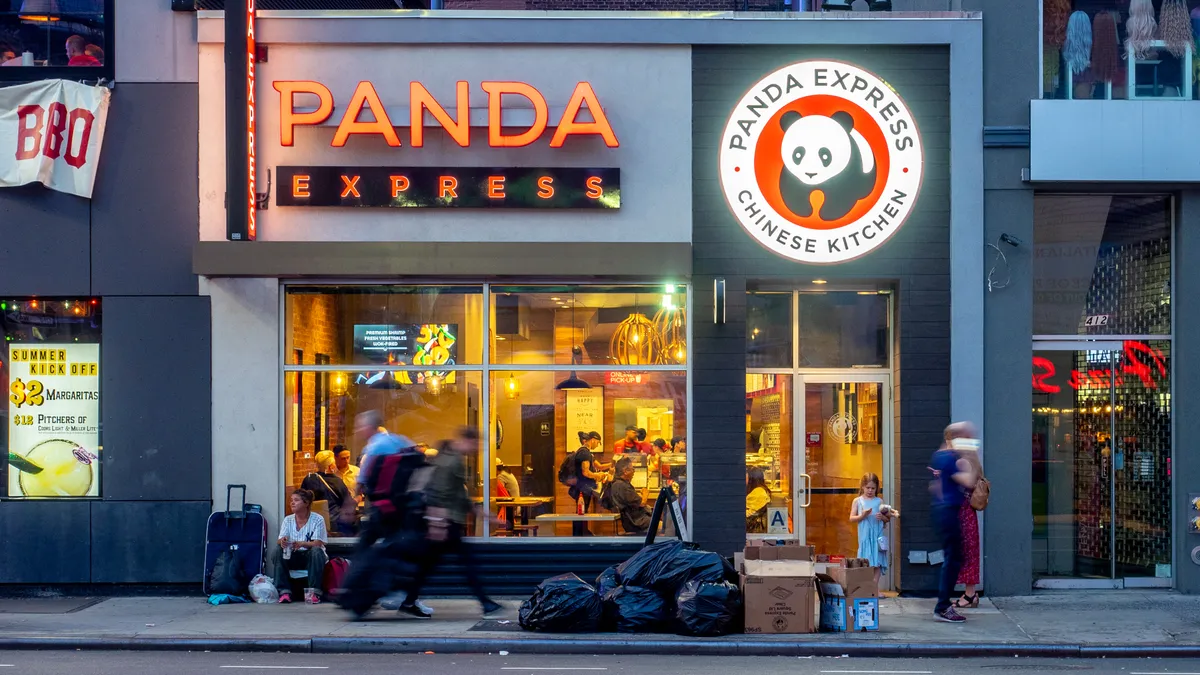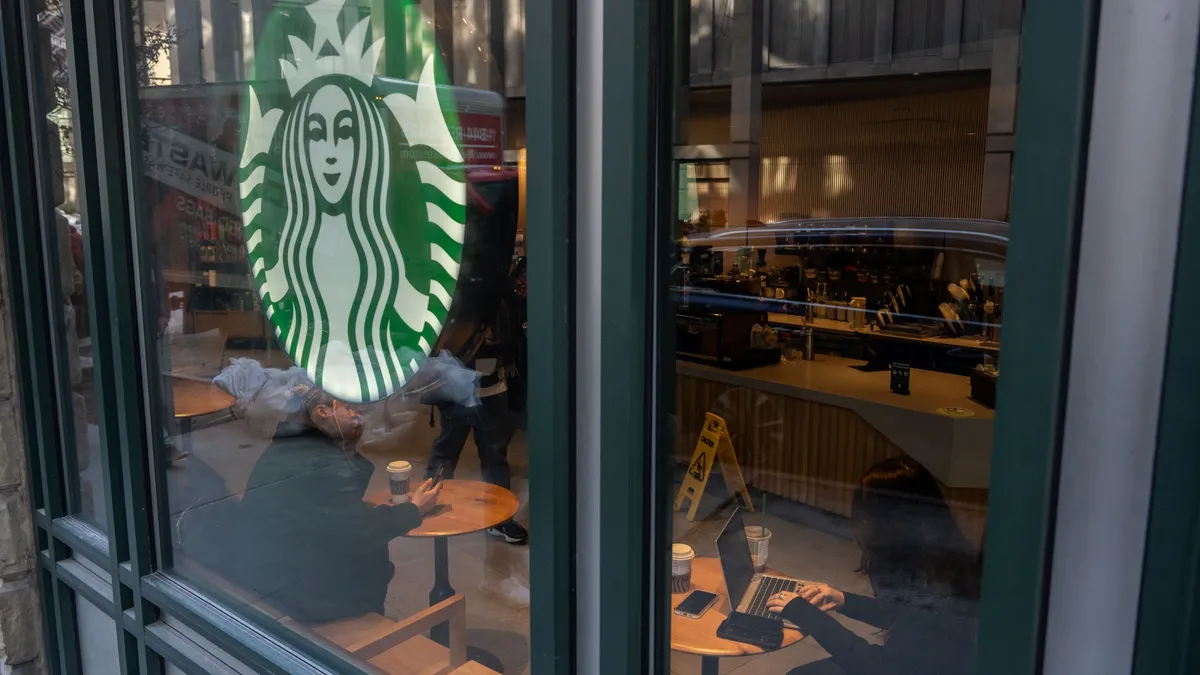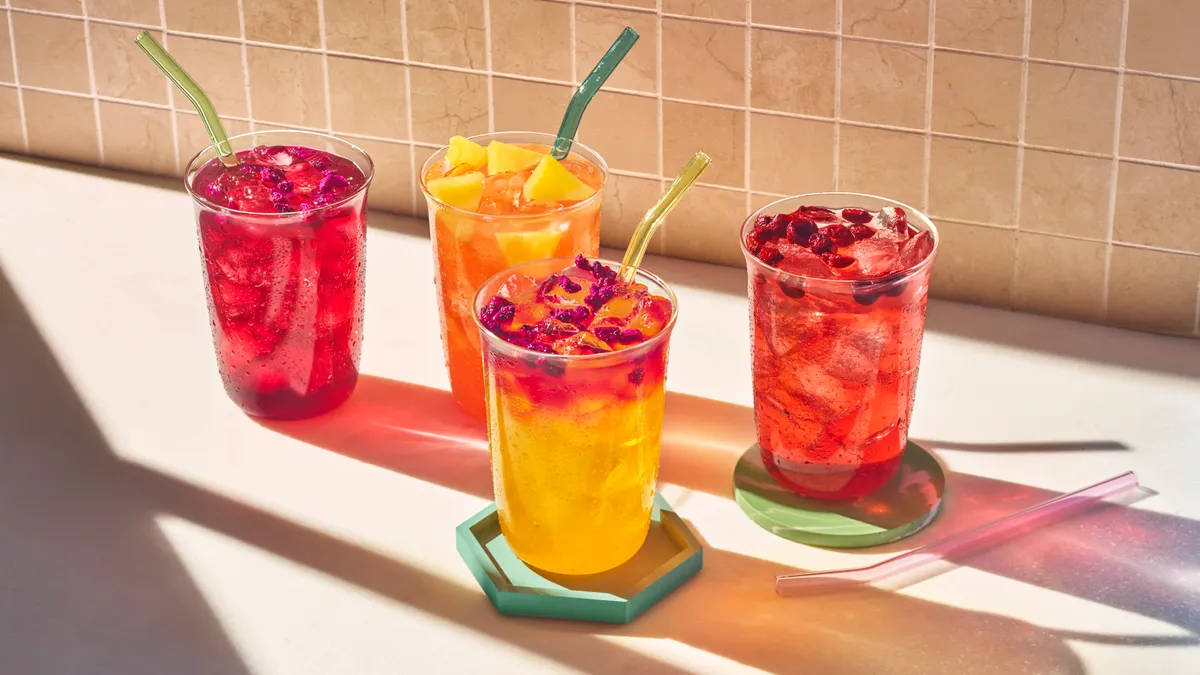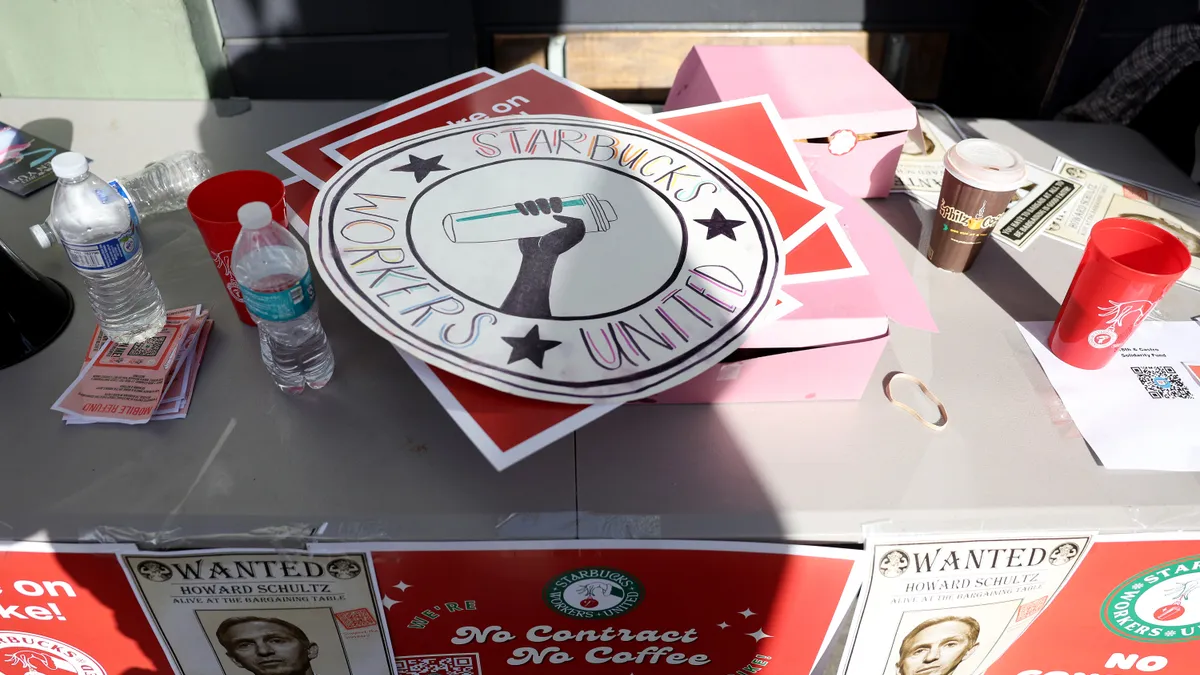The following is a guest post from Ben Rogers, a brand and research manager at Qualtrics, a software company.
When the pandemic shut down small businesses across the world, many had to make quick adjustments to survive. Local restaurants without a takeout model suddenly had to devise systems that would keep customers eating out — at home.
J. Dawgs, a gourmet hotdog restaurant with half a dozen locations across Utah, was faced with the same dilemma. So instead of inviting customers into their restaurants, they began selling do-it-yourself gourmet hot dog kits that customers could pick up and take back home for a night in. And it wasn’t long before customers began spotting J. Dawgs’ food trucks popping up in new places in an attempt to reach all those stuck inside.
But when local leaders allowed restaurants to reopen, J. Dawgs was faced with another difficult decision: Should they go back to dine-in only or extend their new initiatives?
J. Dawgs had data showing that 72% of customers who purchased DIY hotdog kits said they would not have purchased from the restaurant during the pandemic otherwise and were keen on seeing the kits continue, even after things reopened. The restaurant also discovered that the roving food trucks were massively popular with customers who wanted to see them more often.
J. Dawgs is not the only small business making these tough calls. As restaurants invite customers back inside, many are trying to decide not only how to accommodate those customers safely, but how to offer a dine-in experience that is even better than what customers remember.
While there is so much talk of the “new normal,” many are missing an important opportunity to come back stronger than ever by building a “new better.”
Inviting customers back
In May, a Qualtrics study found that 68% of people said they would feel uncomfortable eating at a restaurant. Two months later, in July, that number had dropped by 23 percentage points to 45% — meaning more than half of Americans felt comfortable going back to restaurants.
And the top three safety measures people said restaurants can enforce to help them feel ready to come back? Separating tables at a safe distance, establishing and enforcing social distancing, and requiring servers and staff to wear gloves and masks.
Another study conducted in August found many employees expect the changes inspired by the pandemic to endure as businesses have an opportunity to create better experiences.
In fact, 80% of employees in travel and hospitality expect an increased emphasis on cleanliness long after the pandemic is over, 70% say there will be updates that allow for better social distancing in high-traffic areas, and 61% anticipate investments in more contactless interaction.
Improving employee experience
But better experiences shouldn’t stop at the customer, and the restaurant industry will need to make major changes in the coming year to deliver a “new better.”
Alarmingly, only 42% of travel and hospitality employees currently feel valued by their company — among the lowest of any industry — and nearly one-third of workers say their employee experience has gotten worse since the pandemic began, according to the August study.
Leaders in the industry, including restaurant owners and managers, should re-examine how they’re currently delivering on the employee experience — especially since that experience is coupled to the experience of the customer.
Three immediate things for leaders to think about:
Listen to employees and act. Travel and hospitality is the only industry where employees said their experience had become worse since the pandemic began. They were also least satisfied before the pandemic with the ways their managers listened to and acted on feedback. Leaders need to establish a two-way dialogue and listen to their employees regularly to identify experience gaps, close those gaps systematically and communicate those changes to improve loyalty and trust.
Customer innovation can promote employee engagement. Many of the recent changes that have helped diners feel safer have improved employee experiences, too. Keep investing in contactless interaction and service-at-a-distance options — these measures will help to ensure employees feel their health and safety are a priority year-round.
Make employee experience a priority. While most industries expect the pandemic to increase focus on employee experience more than anything else, only 45% of employees in the travel and hospitality industry believe the same. But employers can prove those doubters wrong by investing in their employees, especially frontline workers, to help them feel like part of the broader organization. Leaders should communicate and promote the employee investments they make during and after COVID-19. It’s also important they show employees how greater investments in customer, product and brand initiatives will benefit them as employees directly.
Expectations of businesses have greatly evolved over the past six months, and if restaurants want to lure customers back after the pandemic, they need to prioritize both customer innovation and the employee experience.

